Morocco is a land of mountains, deserts, medieval cities, roman ruins and more than a few familiar movie locations. Thinking about Morocco and film undoubtedly conjures up images of Humphrey Bogart and Ingrid Bergman in the 1942 American classic, Casablanca. Ironically none of Casablanca was filmed in Morocco, but many classics were, such as Lawrence of Arabia, Alfred Hitchcock’s The Man Who Knew To Much, and Bertolucci’s The Sheltering Sky. More recently, not one but two James Bonds have been seen giving chase across the Tangier rooftops, while other hits like Gladiator, The Mummy and Game of Thrones were filmed on locations across the country.
The grand architecture of Morocco’s Imperial Cities, picturesque mountain villages and dramatic sand dunes, make Morocco a highly sought after location for the film industry. From the coast to the desert, filming in Morocco is ideal for many reasons such as its proximity to Europe, highly developed film infrastructure, low production costs and endless sunny weather.
A (brief) History of Movie-Making in Morocco
Making movies in Morocco is as old as the industry itself with one of the first films made on location in Morocco by the father of cinematography, Louis Lumière. Lumière and his crew were in Morocco in 1895 to shoot The Moroccan Goatherd, which was essentially a travel programme for an audience back in France wanting to find out more about the world beyond their borders. Fast forward to the 1940’s and Orson Welles, apparently as a result of severe financial constraints, brought the production of Othello to Essaouira, and El Jadida, and the rest, as they say, is history! He was quickly followed by producers like Hitchcock and Lean – Hollywood had discovered Morocco, and Morocco was happy to provide the backdrop. From Lawrence of Arabia to James Bond, the list of films made in Morocco reads like a night at the Oscars.
Follow that Film
A lot of the filming in Morocco is centered in the area from Marrakesh to Ouarzazate in southern central Morocco. With most peoples Moroccan Itinerary starting in Marrakesh, get your popcorn ready and let’s start our movie night right in the middle of the city. Marrakesh’s main square, Djemaa El Fna, may look familiar since it has been the backdrop for so many international films. The square’s dizzying array of food stalls, craft booths, storytellers, theatre acts and snake charmers served as the backdrop for films like Hideous Kinky, featuring Kate Winslet, while Carrie and Co sashay around the square in Sex and the City 2. Although Sex and the City 2 was actually set in Abu Dhabi, most of the filming was done on location in Morocco, starring the Jemaa El Fnaa square as well as the Moroccoan cities of Erfoud and Rabat.

Marrakesh’s most historic and famous hotel, La Mamounia, has seen its fair share of Hollywood action. This world-class luxury hotel was featured in The Man Who Knew Too Much and the lavish gardens surrounding the hotel were also used in Oliver Stone’s Alexander.
Filming on Location in Ouarzazate
Heading south, we can continue our movie tour of Morocco along the ‘route of a thousand Kasbahs’. This classic route heads out of Marrakesh across the Atlas Mountains to Ouarzazate passing by the backdrops of numerous films. Just before you reach Ouarzazate, you will see the fortified city of Ait Benhaddou. Listed as a UNESCO World Heritage Site, the city has a frozen-in-time feeling as it still strongly resembles its 11th century design thanks to some Hollywood-led restoration. The red brick Kasbah served as the backdrop for such films as The Mummy, Lawrence of Arabia and Jesus of Nazareth (for which much of the Kasbah was rebuilt). It provided the perfect location for Ridley Scotts Gladiator, and was a no-brainer for the filming of Season 3 of Game of Thrones, affectionately known by enthusiasts as ‘the Moroccan season’. In fact if Game of Thrones is your niche subject, you could work your Moroccan itinerary around a few more locations, with Essaouira featuring heavily in this grand epic.
More recently Ait Benhaddou provided one of the locations in David Attenborough’s A Life On Our Planet. Although very few people still live in this World Heritage site as most residents have moved into a more modern village across the Ounila River, it is far more than a movie set and remains home to some families.

No film tour of Morocco is complete without visiting Ouarzazate. Seen as the ‘door of the desert’, Ouarzazate, perched on the edge of the Sahara Desert and just south of the High Atlas Mountains, is also affectionately known as the Hollywood of Morocco. The city’s scenery has provided an exotic filming location for films like Gladiator, Black Hawk Down, Babel and so many more. You can visit the Atlas Film Studio located just outside of town and view the Tibetan monastery used in Kundun, an airplane from The Jewel of the Nile and other old film sets. Also visit the Taourirt Kasbah, which served as a backdrop for a scene in Star Wars.
Not to be left out of the spotlight, Netflix has done its fair share of filming on Moroccan locations, from the soapy Spanish historical drama Morocco: Love in Times of War, to the more edgy thriller, Close, with a healthy serving of foody documentaries thrown into the mix.
Head North – Filming in Tangier
Although the Hollywood spotlight tends to fall on the south, if you know your movies you might recognize more than a few locations as you journey north. With the series Homeland using the coastal town of Asilah as its ‘Greek’ location, both Spectre and The Living Daylights saw Bond doing his thing in Tangier. Wandering through the medina in Tangier you might get a flashback to that coffee shop scene inThe Sheltering Sky, or find yourself sitting in the corner of the kasbah where Tilda Swinton and Tom Hiddleston were eerily framed by a mosaic backdrop in Only Lovers Left Alive. The city has seen its fair share of mainstream, high action scenes with films like Men in Black: International, The Bourne Ultimatum, Inception being top of the filmed-in-tangier list, but it has also always attracted those fascinated in re-tracing the more alternative footsteps of authors like Paul Bowles (who incidentally does actually appear in Bertolucci’s The Sheltering Sky), and his Beat Generation cohorts. If you want to immerse yourself in some in-depth Bowles filming watch Paul Bowles: The Complete Outsider, filmed on location in Tangier, before heading off to Cafe Hafa and sipping on some mint tea while gazing thoughtfully at the horizon.
The Moroccan Film Industry
Morcocco does not only provide an exotic backdrop in this seemingly endless list of Hollywood productions, but is also home to a vibrant film industry of its own. If you are interested in diving a little deeper into the Moroccan psyche, you might enjoy exploring some of its movies. Horses of God, based on the story of the Casablanca bombings of 2003 and Much Loved are both directed by Nabil Ayouch. If comedy is more your thing try Headbang Lullaby directed by Hicham Lasri in 2017 to see what brings a smile to the screen in Morocco.
The Marrakesh International Film Festival is an annual event which usually takes place in the winter. It has established itself on both the international and local stage as it attracts some of the most famous names in the film industry while championing local cinema through its programme and with its Cinécoles competition for best short films by Moroccan film students.
On Location in Casablanca: In Search of that ‘Gin Joint’

Coming full circle and ending this location scout where we started, despite not being the setting for its namesake, Casablanca has been the location for more than its fair share of films, usually as a gritty backdrop for action packed scenes in films like Mission Impossible, Spy Game and Syriana. But if it is the nostalgic Casablanca of Bogart and Bergman you are yearning for and you simply want to take in the art-deco/here’s-looking-at-you-kid vibes of the movie, treat yourself to a night out at Ricks Cafe, which somehow manages to avoid all the cliches.
About the Author
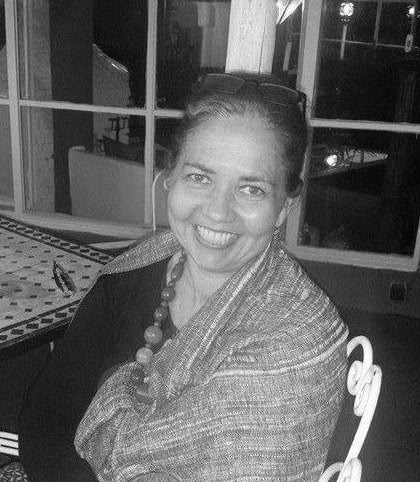 Pauline de Villiers Brettell is a freelance writer and designer who lives between the UK and Morocco. When in Morocco she is based in the small seaside village of Asilah, and spends time working with local weavers and sourcing textiles in between attempting to grow enough olives for an annual supply of olive oil! She writes about all of these things — the olives, the carpets, and other elements of design inspiration — on her blog Tea in Tangier: www.teaintangier.com.
Pauline de Villiers Brettell is a freelance writer and designer who lives between the UK and Morocco. When in Morocco she is based in the small seaside village of Asilah, and spends time working with local weavers and sourcing textiles in between attempting to grow enough olives for an annual supply of olive oil! She writes about all of these things — the olives, the carpets, and other elements of design inspiration — on her blog Tea in Tangier: www.teaintangier.com.
Original post written by Aimee Maxwell and published in 2010

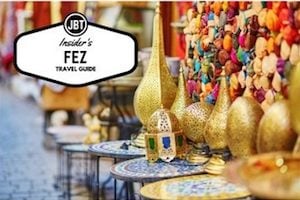
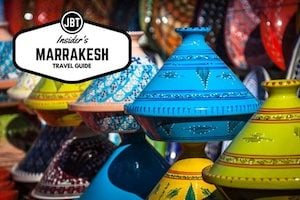
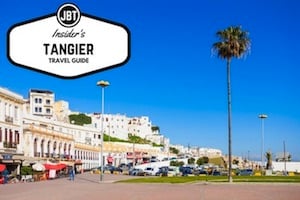
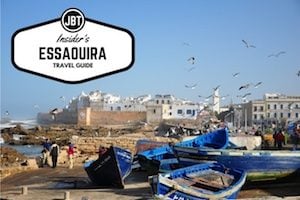
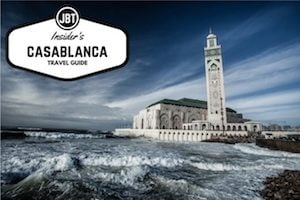
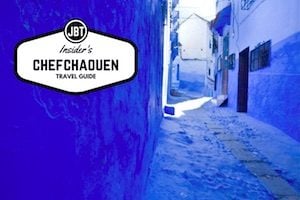
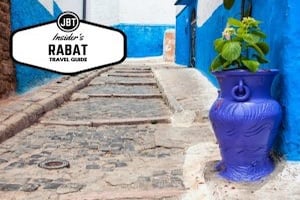
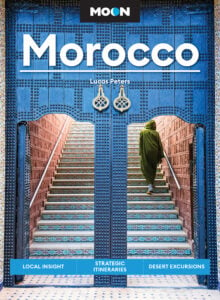
Trackbacks/Pingbacks